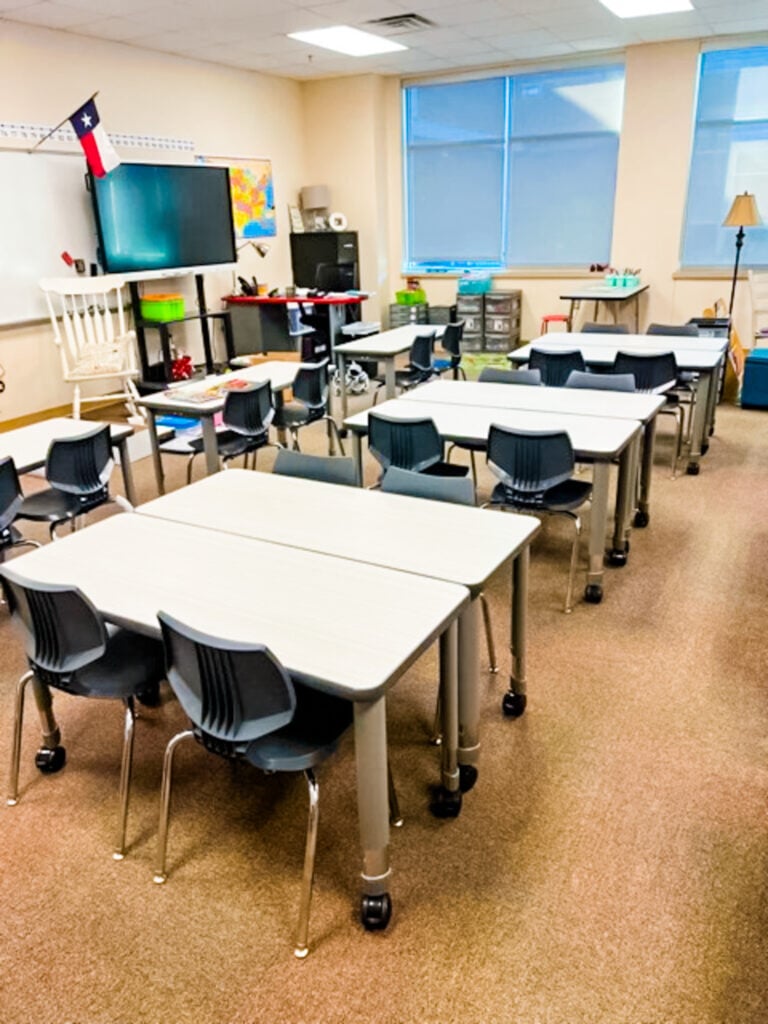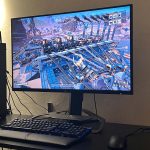Introduction: Fostering a Dynamic Learning Environment
The layout of a classroom plays a significant role in shaping the learning experience for students. A well-designed desk arrangement can promote collaboration, engagement, and productivity, creating a conducive environment for academic growth. In this article, we’ll explore a variety of creative desk arrangement ideas that educators can implement to maximize space utilization, facilitate interaction, and spark creativity in the classroom.
1. Traditional Rows Reimagined: The Modified Grid Layout
While traditional rows may seem conventional, they can be transformed into a more interactive setup with a modified grid layout. Instead of straight rows, arrange desks in a grid pattern with slight angles to encourage face-to-face interaction and group work. This arrangement maintains a sense of order while promoting collaboration and communication among students.
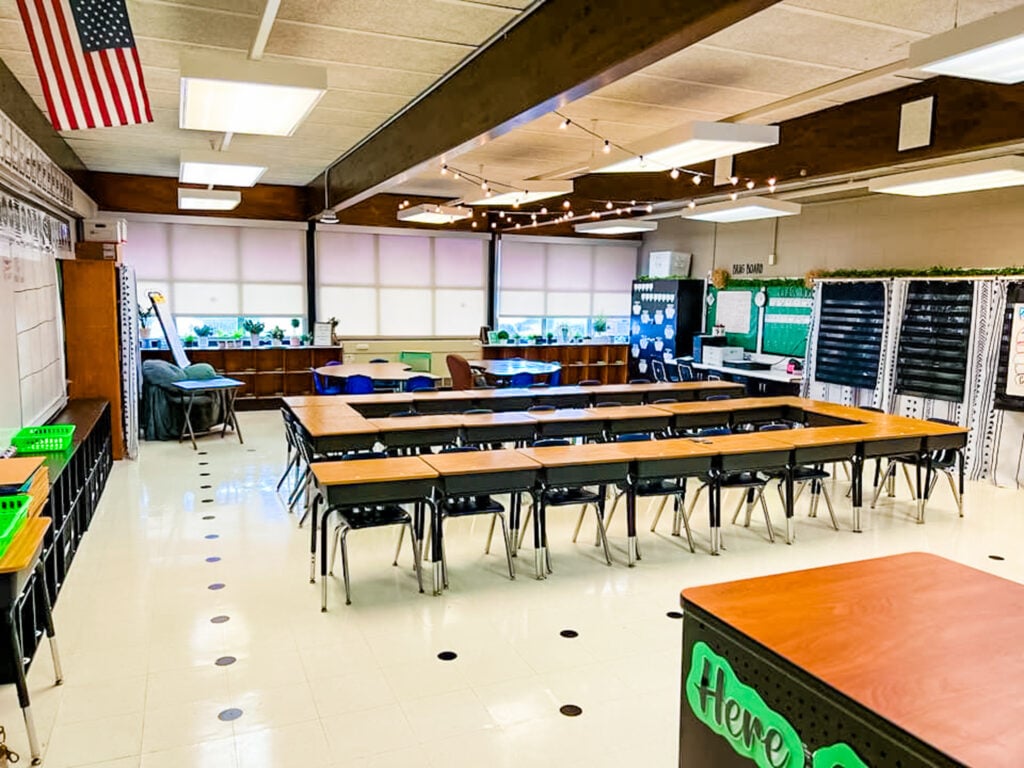
2. Circle of Learning: The Collaborative Circle Setup
For a more intimate and inclusive setting, consider arranging desks in a circle or semi-circle formation. This setup promotes equal participation and allows students to see and interact with each other more easily. The circle of learning fosters a sense of community and encourages open discussion, making it ideal for activities such as Socratic seminars, group discussions, and peer review sessions.
3. Flexible Seating: Embracing Variety and Choice
Introduce flexibility and choice into the classroom environment by incorporating various seating options beyond traditional desks and chairs. From bean bags and floor cushions to standing desks and wobble stools, offering a range of seating choices empowers students to select the option that best suits their learning preferences and needs. Flexible seating encourages movement, enhances comfort, and accommodates diverse learning styles, promoting a more dynamic and personalized learning experience.
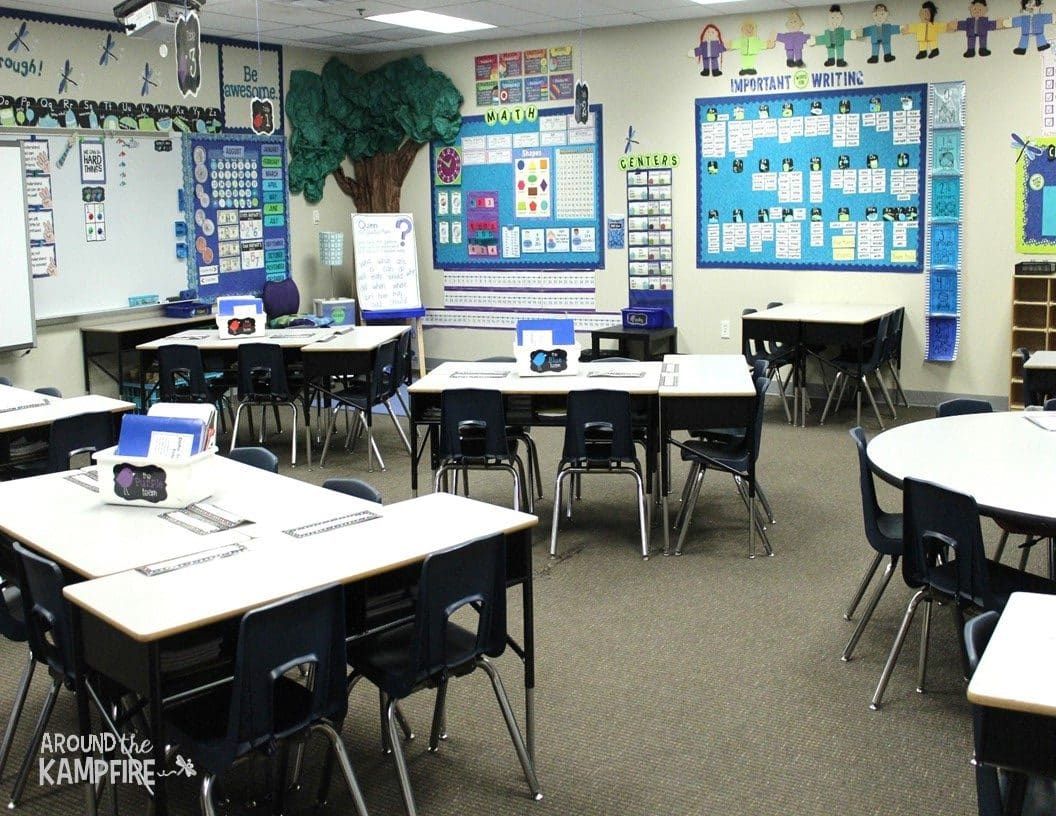
4. Clusters of Creativity: The Clustered Grouping Approach
Cluster desks into small groups or pods to facilitate collaboration and teamwork among students. Each cluster can accommodate four to six students, allowing them to work closely together on group projects, discussions, and problem-solving activities. This arrangement promotes peer learning, encourages social interaction, and fosters a sense of camaraderie among classmates. Additionally, grouping desks into clusters makes it easier for teachers to circulate the room and provide individualized support and feedback.
5. Rotating Stations: The Station Rotation Model
Implement a station rotation model where desks are organized into different learning stations or centers around the classroom. Each station can focus on a specific activity or learning task, such as independent reading, hands-on experiments, multimedia presentations, or collaborative projects. Students rotate through the stations at designated intervals, allowing them to engage in a variety of learning experiences and work at their own pace. This setup promotes autonomy, differentiation, and active learning, catering to the diverse needs and interests of students.
6. Amphitheater Arrangement: The Elevated Classroom Experience
Transform your classroom into an amphitheater-style setting by arranging desks in tiered levels or risers. This setup provides clear sightlines for all students and creates a sense of theatricality and excitement in the learning environment. The amphitheater arrangement is particularly effective for large-group discussions, presentations, and performances, as it allows everyone to see and hear each other easily. Additionally, the elevated seating enhances visibility and engagement, fostering a sense of empowerment and confidence among students.
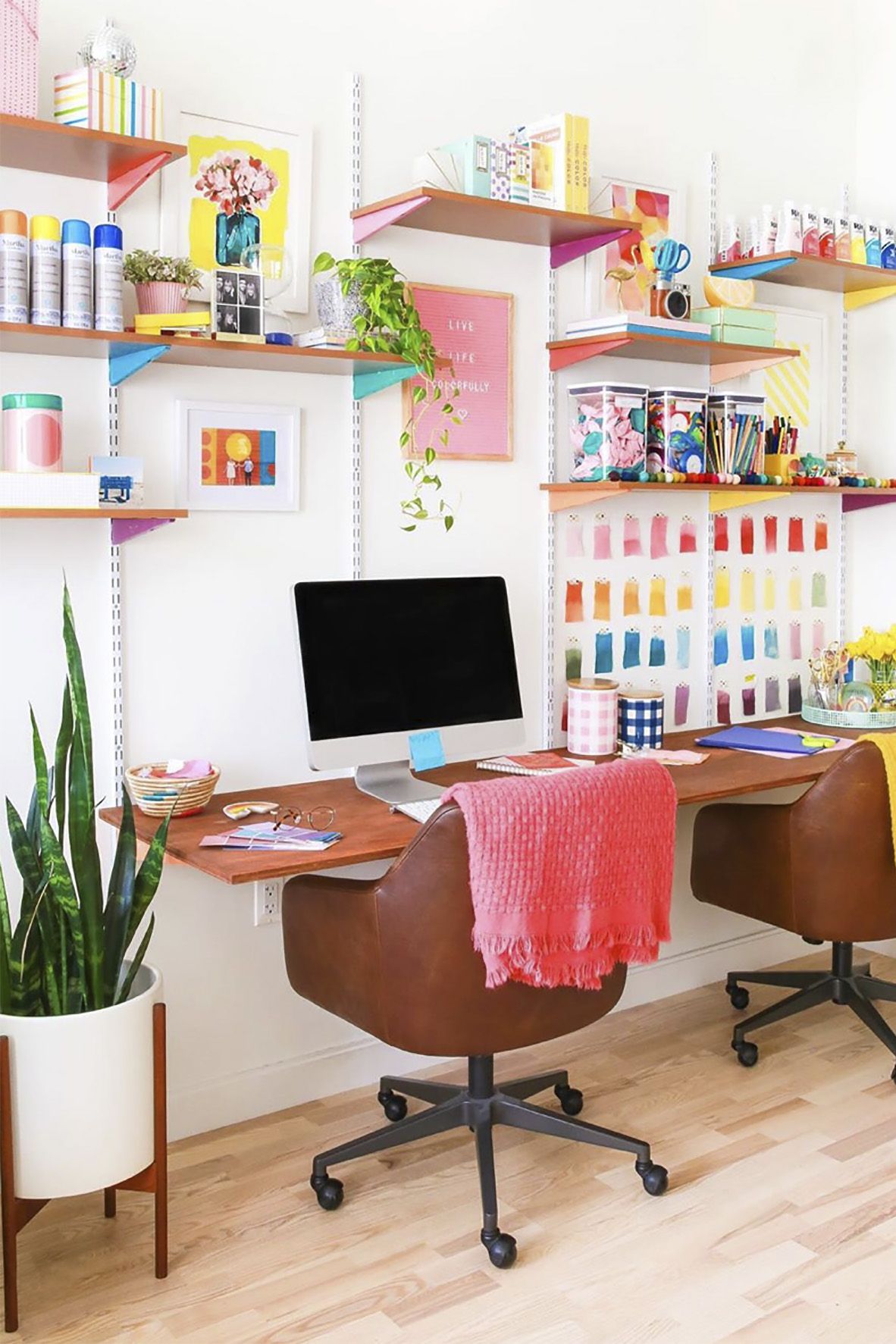
7. Cozy Corners: The Retreat for Reflection
Designate cozy corners or nooks within the classroom where students can retreat for quiet reflection, independent reading, or individual work. Furnish these areas with comfortable seating, soft lighting, and inspiring decor to create a welcoming and tranquil atmosphere. Cozy corners provide students with a retreat from the hustle and bustle of the main classroom, allowing them to recharge, focus, and gather their thoughts. These secluded spaces promote mindfulness, creativity, and self-directed learning, serving as valuable retreats for students seeking solace and inspiration.
8. Dynamic Duo: The Partnered Pairing Setup
Encourage peer collaboration and accountability by arranging desks in pairs throughout the classroom. This setup promotes teamwork, communication, and problem-solving skills as students work closely with a partner on various learning activities and assignments. Pairing desks also provides opportunities for peer tutoring, cooperative learning, and social interaction, fostering a sense of mutual support and camaraderie among students. Additionally, the partner arrangement allows teachers to easily pair students based on complementary strengths and abilities, maximizing learning outcomes and peer relationships.
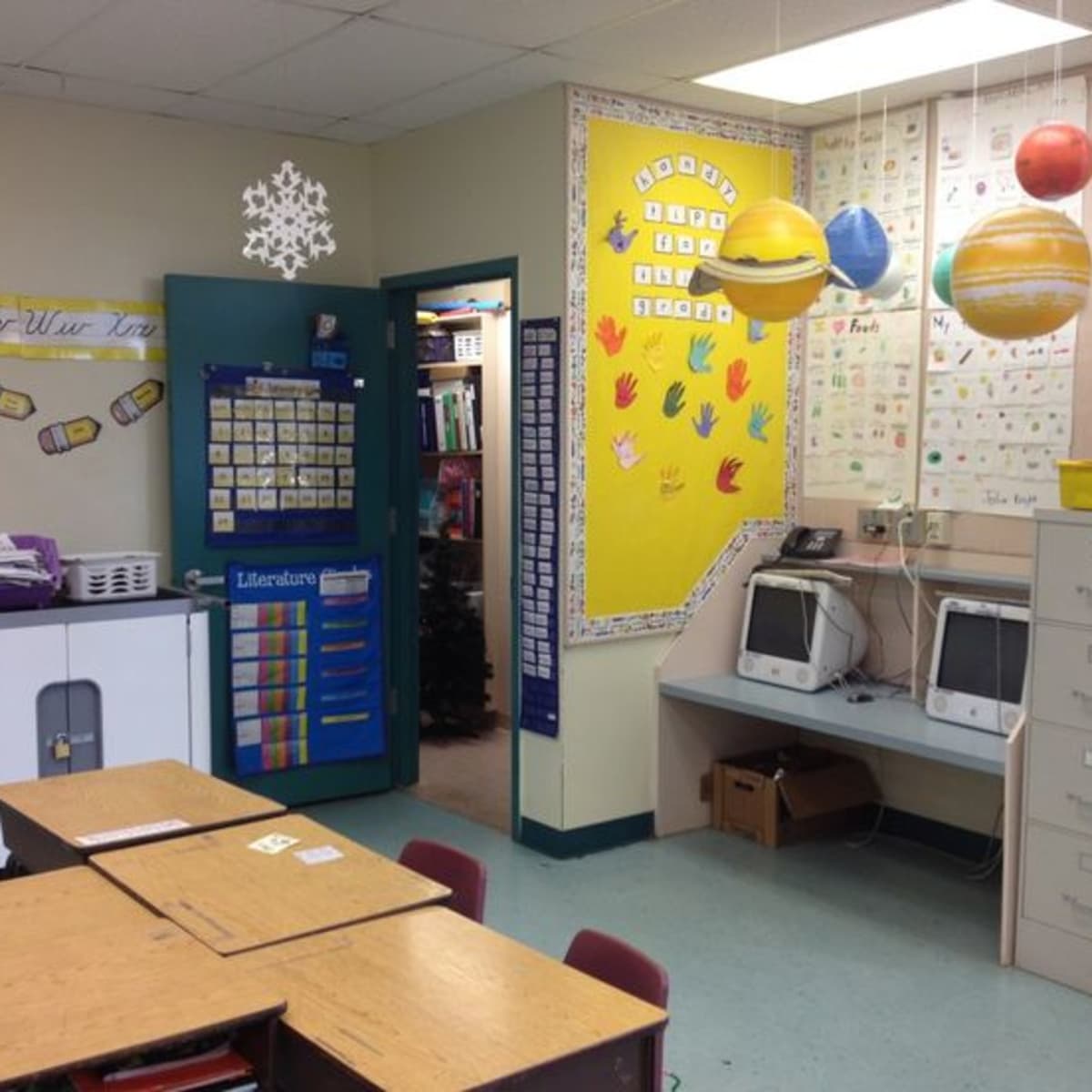
9. Exploring Implementation Strategies
When considering the implementation of these desk arrangement ideas, it’s essential for educators to assess their classroom layout, size, and student dynamics. Here are some practical strategies for bringing these creative arrangements to life:
1. Flexibility and Adaptability: Recognize that one size does not fit all. Experiment with different desk arrangements throughout the school year to accommodate changing teaching strategies, classroom activities, and student needs. Be open to feedback from students and colleagues and be willing to adjust the layout as necessary.
2. Student Involvement: Involve students in the decision-making process when redesigning the classroom layout. Solicit their input on preferred seating options, group configurations, and learning preferences. By empowering students to have a say in their learning environment, educators can foster a sense of ownership and investment in the classroom community.
3. Clear Communication: Establish clear expectations and guidelines for classroom behavior and etiquette, regardless of the desk arrangement. Communicate the purpose behind the chosen layout and how it supports collaborative learning, individual focus, or group interaction. Set norms for respectful communication, active participation, and responsible use of flexible seating options.
4. Classroom Management: Implement effective classroom management strategies to ensure a smooth transition to new desk arrangements. Establish routines and procedures for transitioning between activities, organizing materials, and managing noise levels. Use visual cues, such as color-coded seating charts or numbered stations, to streamline transitions and maintain order in the classroom.
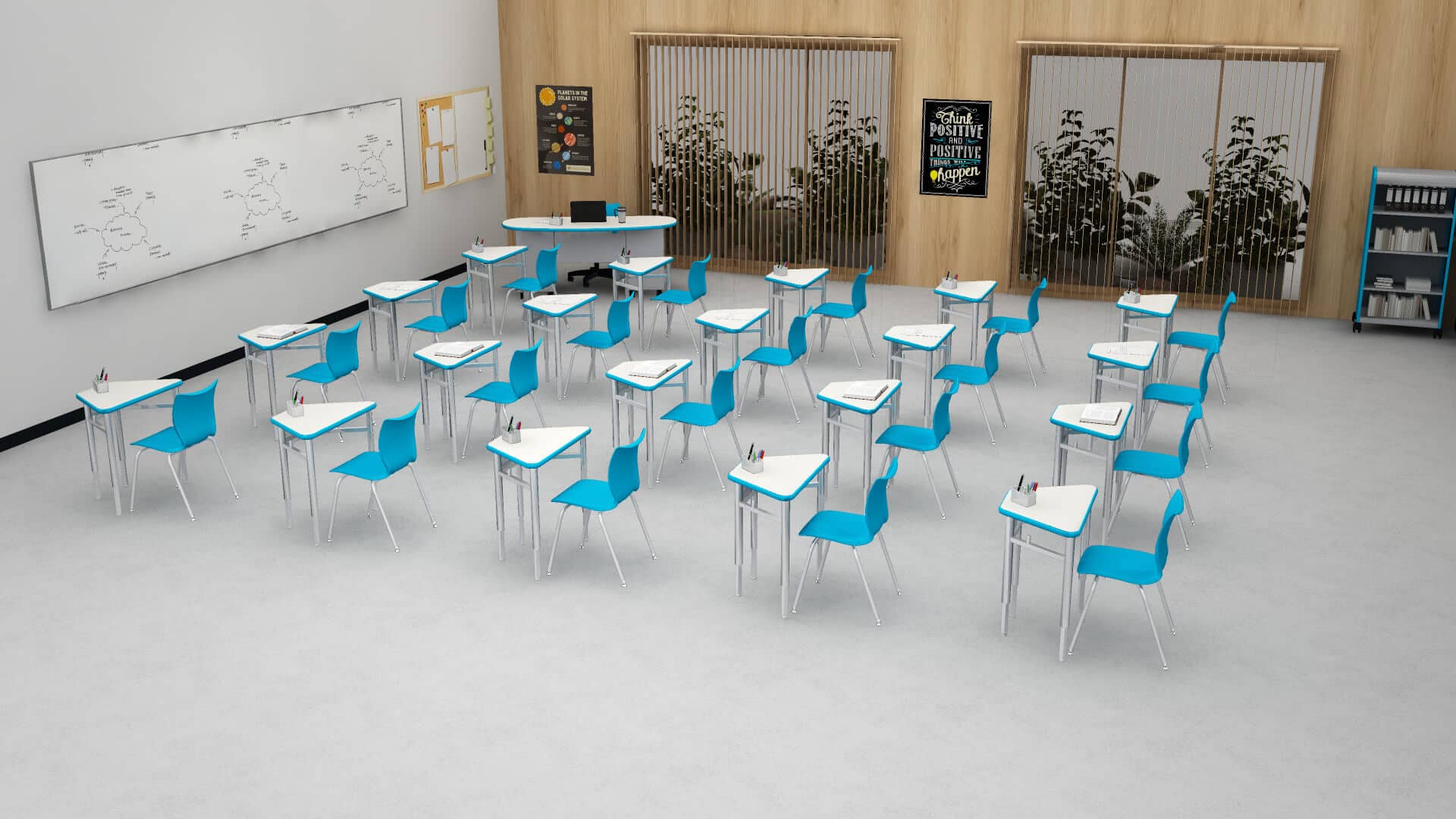
Conclusion: Designing for Success
In conclusion, the layout of a classroom can have a profound impact on the learning experience and outcomes of students. By implementing creative desk arrangement ideas such as modified grids, collaborative circles, flexible seating, and clustered groupings, educators can create dynamic learning environments that inspire creativity, foster collaboration, and enhance engagement. Whether fostering peer interaction, promoting autonomy, or facilitating differentiated instruction, thoughtful classroom design plays a vital role in supporting student success and cultivating a culture of learning and discovery.
